SpaceX used to conduct static fire tests before every launch, but not anymore. Why is that?
SpaceX used to perform a so-called static fire test before every launch of its Falcon 9 rocket, which involves a brief ignition of all 9 Merlin engines on the first stage of the rocket. However, since 2020, SpaceX has in some cases not performed this pre-launch test at all. Let’s take a look at the purpose of a static fire, the types of missions where SpaceX skips this test, and try to figure out why. We will also explain why some static fires are performed with the payload attached and others without.
SpaceX tests its engines and rockets very thoroughly before each launch. For example, every Merlin engine is test fired at least twice before its first launch. Once separately after it’s manufactured and then again as part of a fully assembled Falcon booster which is equipped with 9 Merlin engines. These tests are performed in McGregor, Texas , and only after they are completed successfulyl is the new booster sent to one of the launch pads. In the past, the testing of each rocket usually included another static fire at the pad a few days before launch. This test was performed with a fully-assembled rocket, including the second stage and sometimes even the payload. The purpose of the test was to check out the first-stage engines one more time, and also the pad equipment and pre-launch procedures, including fueling and launch countdown. Everyday Astronaut created a very informative video some time ago about all aspects of static fires – what they are, how they work and why SpaceX does them:
From the very beginning, SpaceX has performed static fires before every single launch. This was true for the small Falcon 1 rocket and later the much larger Falcon 9 and Heavy launch vehicles. Interestingly, between 2010 and 2016, more than half of the static fires were performed with the payloads attached (which was either a Dragon capsule or a fairing containing customer’s satellite). This was true for both NASA cargo missions with Dragons and launches with commercial satellites.
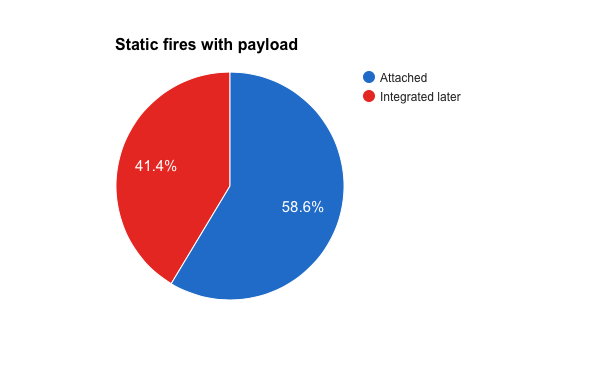
Proportion of Falcon 9 static fires performed with and without payload attached payload. Only launches conducted between 2010 and 2016 are included. (Credit: /u/Kona314)
But that changed in September 2016, when Falcon 9 exploded on pad 40 while it was being loaded with propellants in preparation for a routine static fire. This led to the destruction of the rocket, severe damage to the launch pad and also complete loss of the AMOS-6 satellite which cost several hundred million dollars. It is therefore not surprising that for several years following the accident, static fires were always performed without the payload attached. The first mission that conducted a static fire with attached payload was Crew Dragon DM-1 more than two years later. Since then, all missions with the Crew Dragon capsule or the second-generation Cargo Dragon (which first flew on the CRS-21 mission in 2020) have been test fired with the capsules attached. The original Cargo Dragon was only attached during static fires on missions prior to the AMOS-6 accident, then never again. It was retired in 2020.
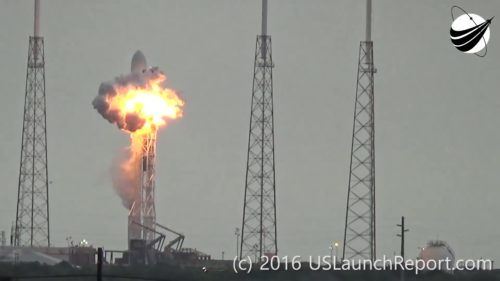
Falcon 9 explodes during preparations for a routine static fire before the AMOS-6 launch (Credit: US Launch Report)
Around the same time that NASA allowed doing static fires with Crew Dragons, SpaceX also introduced this practice on its own Starlink missions. The first dedicated Starlink launch happened in May 2019 and the pre-launch static fire was performed with attached payload consisting of 60 test spacecraft for this new satellite megaconstellation. Since then, dozens of additional Starlink missions have taken place, all of which have done static fires with payload attached. The reason is probably that this method saves at least a day of pre-launch preparations, and even in the event of an accident and the payload being lost, Starlink satellites are mass-produced, which means they’re fairly low-cost and can be easily replaced. The time saved therefore outweighs the risk of a potential loss of the satellites.
Last year, SpaceX took pre-launch preparations to the next level when it began to skip static fires on some Starlink missions. The first time this happened was on the Starlink v1-8 mission in June 2020 and since then the test fire has been skipped on numerous other missions. These were initially only Starlink launches, but eventually the static fire was being skipped on missions for the military, NASA and some commercial customers. In my opinion, the reason for skipping this pre-launch test is that no major design changes are made to the Falcon rockets these days. It is therefore a very reliable and time-tested machine, which probably means that over time the static fires seldom revealed any issues, which was their main purpose. In addition, a static fire differs from an actual launch only in that the engines are shut down a few seconds after ignition, while during a normal launch they are kept running and the rocket lifts off. Thus, the vast majority of potential problems that a static fire would reveal, are also revealed during the normal countdown on launch day. Thus, performing a separate static fire before eevery launch probably ceased to be beneficial and in many cases only added unnecessary time and additional costs to the launch campaign.
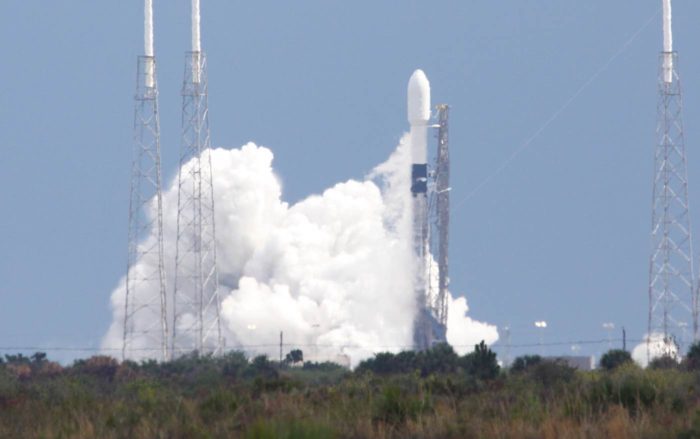
Falcon 9 static fire with payload attached prior to the Starlink v1-19 launch (Credit: Spaceflight Now)
I have prepared a detailed table of all SpaceX missions which includes information about whether static fire was performed or not (and whether or not the payload was attached). By analyzing this data, there are some interesting things that can be derived about the methodology that SpaceX follows when deciding whether to skip a static fire. In the following analysis, I will focus only on Falcon 9 as Falcon Heavy launches are still rare.
The latest variant of the Falcon 9 rocket is called Block 5 and launched for the first time in May 2018 on the Bangabandhu-1 mission. It is the final development version of this rocket, but even so, Block 5 has undergone a number of changes since its inaugural launch. We don’t know much about them, but they were confirmed by Elon Musk during an interview with Everyday Astronaut in 2021. He explained that the first few Block 5 boosters produced were not yet fully optimal. Therefore, their refurbishment between launches was more laborious than in the case of newer boosters which had some improvements.
This might also affect the decision-making about skipping a static fire before a particular launch. If we look at our table, we find that the oldest booster which has ever omitted a static fire was serial number B1051. Boosters older than this one have performed a static fire before their every launch. The reason may be that the B1051 was the very first stage to be equipped with the final version of helium pressure vessels (COPV 2.0). Failure of this type of component was the reason why Falcon 9 exploded before the AMOS-6 static fire. Subsequent investigation of the causes of the accident led to the development of a safer type of pressure vessel, which was first installed on booster B1051. However, SpaceX still decided to skip a static fire with this booster only after it had already launched seven times before.
From the available data, several things can also be deduced that most likely affect whether or not SpaceX skips the static fire on a given mission. For example, the higher the serial number of a booster, the greater the chance that the static fire will not be performed before launch. It is also more likely that the test fire will be skipped if the booster doesn’t have too many launches under its belt. Additionally, SpaceX usually skips the static fire when it comes to inaugural launches of newly-manufactured boosters. That means that new boosters are only test fired at the McGregor facillity before their first launch.
However, in addition to the age of the booster, other factors seem to influence the decision about whether to skip a static fire or not. For example, the type of mission and customer (military, NASA, crewed, commercial, etc.), the elapsed time since the previous launch of the booster, or whether the booster was transported from one US coast to another between launches. Taken together, it seems that static fires are mostly performed only in the following cases:
- It’s a launch with the B1049 booster. This is the oldest active booster and it’s performed a static fire before each of its 10 launches so far. At the same time, it is the last booster in the fleet, which was not produced with the COPV 2.0 helium pressure vessels (although these could have been installed at some later time during the refurbishment process between launches).
- The customer is the military. An exception is NROL-108, the only DoD mission so far where the static fire was skipped.
- The payload is a scientific satellite or probe (such as Sentinel-6A or IXPE).
- So far, a static fire has been conducted before any crewed mission.
- Too long has passed since the previous launch of the booster. For example, in the case of the Starlink 4-1, 4-3 and 4-4 missions, there was a gap of over 5 months after the previous launch, and static fire was performed in all these cases, even though the same boosters had skipped static fires in the past.
- The booster was transported a long distance between launches. For example, in the case of the DART and Starlink v1-28 missions, the booster was transported from Florida to California or vice versa between launches.
But these are not fixed rules. In addition, there may be other reasons or exceptions. For example, a customer may insist on doing a static fire without the payload attached before launch (although it depend how exactly the launch contracts are set up). The reason being that if SpaceX decides to skip the test fire, it exposes the customer’s payload to a similar risk which led to the AMOS-6 explosion and the destruction of the customer’s precious satellite.
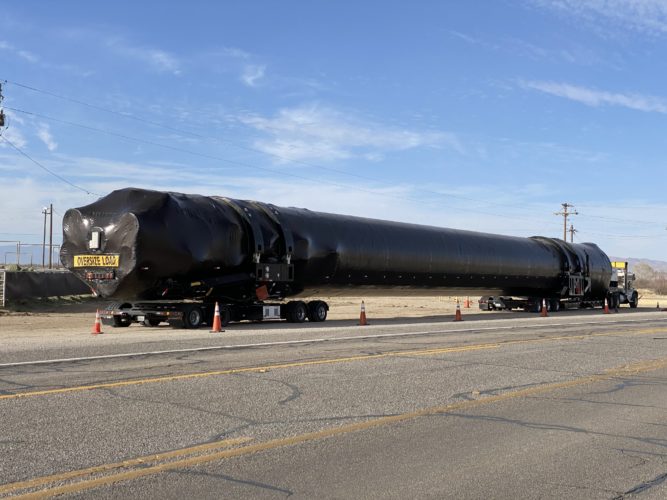
Booster B1063.2 being transported from California to Florida before the Starlink v1-28 mission (Credit: /u/codercotton)
Static fires are also performed in cases where the engines on the rocket are replaced. For example, on missions GPSIII-SV04 and Starlink v1-17, two different pre-launch test fires were performed. At least for the former mission, we know for sure that the reason was the replacement of engines due to a discovered problem with a dried lacquer. In the case of the Starlink v1-17 mission it’s been speculated that problems identified during the first static fire led to the replacement of one or more engines and the need to perform a second test fire, but this has not been confirmed.
SpaceX has completed more than 130 successful missions in a row and almost 100 reuses of the Falcon boosters. It is therefore a demonstrably reliable rocket and the company has also accumulated huge amounts of data and experience in recent years, which can be used in planning the pre-launch preparations. And it seems like over time, SpaceX came to the conclusion that it’s no longer necessary to perform a static fire before every single start and that the risk of performing a test fire with attached payload is negligible and in many cases acceptable.
The reuse of payload fairings is also undergoing a similar evolution. SpaceX initially tried to catch the fairings in a net so that they would not come into contact with seawater. But this was eventually abandoned and the fairings now splash down in the ocean and then they’re recovered by a ship. The fairings recovered in this manner used to be reflown exclusively on Starlink missions, but eventually, ocean-recovered fairings have also been reflown on commercial missions. The first commercial mission with reused fairings, SXM-7, flew with fairings that were caught in nets, meaning they were not “contaminated” with salt water, but the second commercial mission with reused fairings, Türksat 5A, flew a month later with fairings that were recovered from the ocean. SpaceX has launched over 40 times with reused fairings so far without issues.
For more information, check out our detailed overview of all Falcon boosters, list of all static fires and a complete list of fairing recoveries.




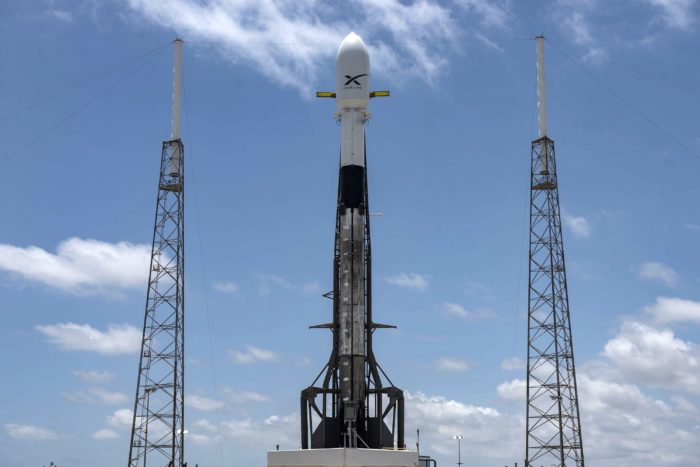
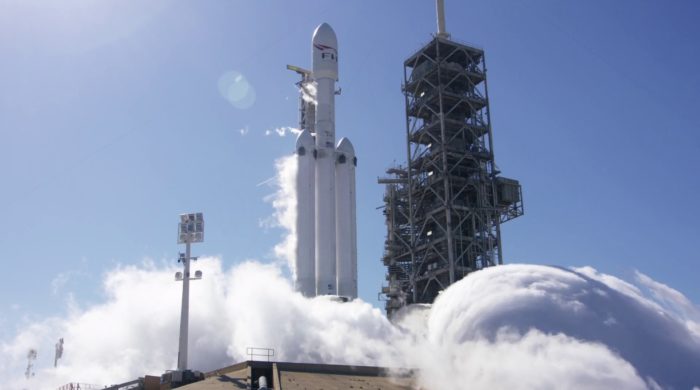



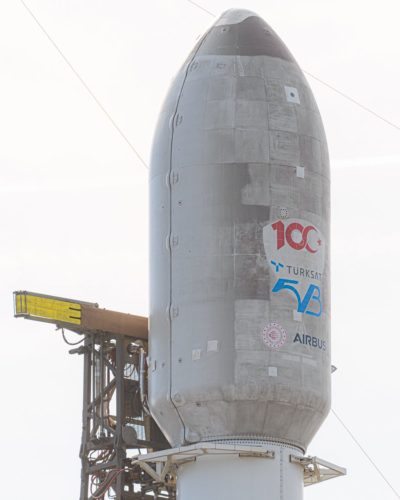
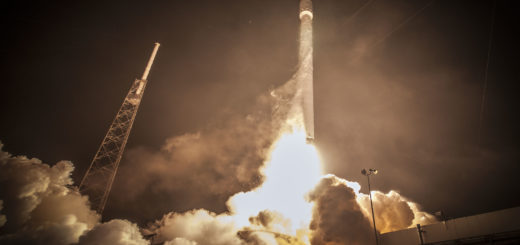
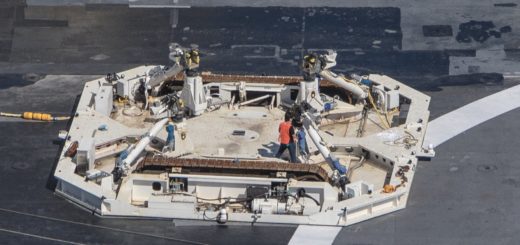
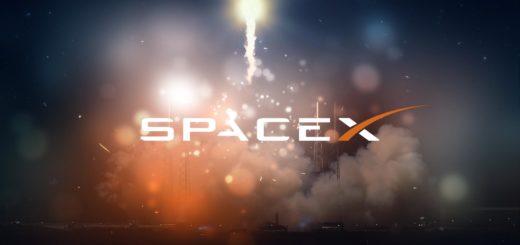
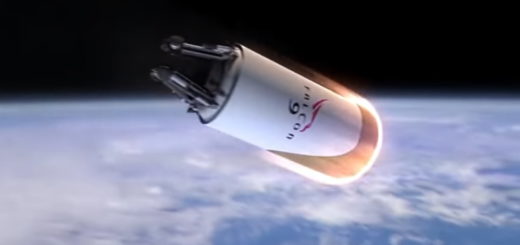
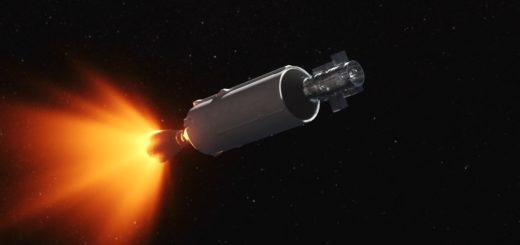


I believe there was was one (or more) launches aborted after ignition (https://www.cbsnews.com/news/spacex-falcon-9-rocket-safely-aborts-takeoff-after-engine-ignition-and-shutdown/). My guess is that telemetry, and comparison of the pre-launch telemetry data to “family” data, prior to actual release of the hold downs, is equivalent to the data collected during a static fire.
Yeah, that definitely happened a few times, especially in the early days, but even more recently.